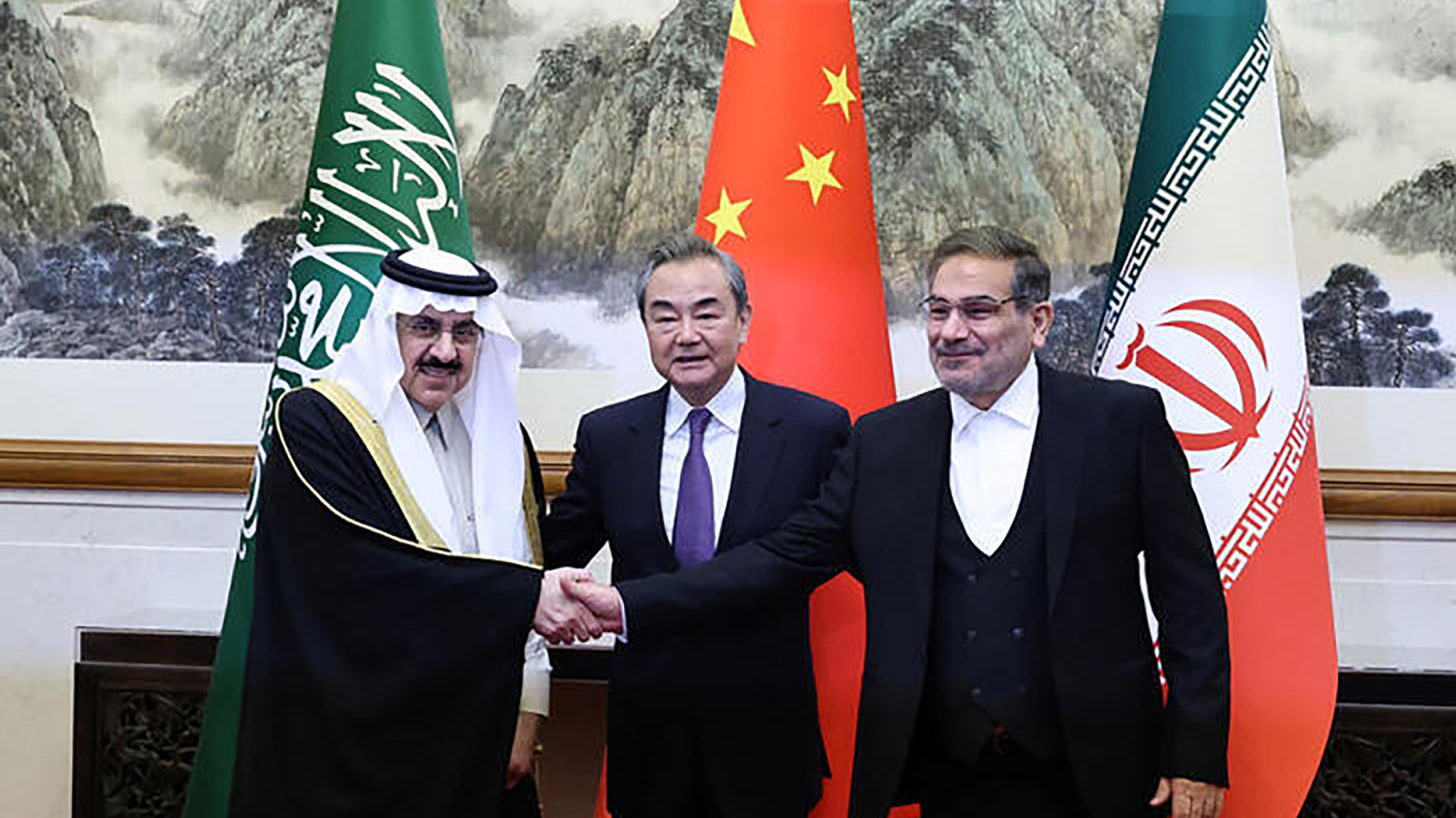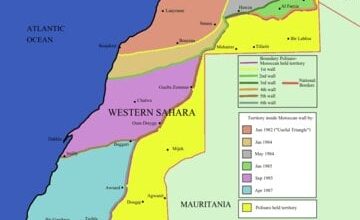Influence Struggles between Iran and Saudi Arabia: Implications of Confrontation and Possibilities for Reconciliation

Influence Struggles between Iran and Saudi Arabia: Implications of Confrontation and Possibilities for Reconciliation
The longstanding rivalry between Iran and Saudi Arabia has significantly shaped the political, economic, and cultural landscape of the Middle East. As two of the region’s most powerful nations, Iran and Saudi Arabia have been entangled in complex power struggles for decades, with each vying for regional dominance and influence. This article seeks to explore the driving forces behind these influence struggles, the implications of the escalating confrontations, and potential paths towards reconciliation.
Historical Background
The rivalry between Iran and Saudi Arabia extends far beyond the religious differences of Shia and Sunni Islam. However, the Islamic Republic of Iran and the Kingdom of Saudi Arabia’s respective religious beliefs have been significant symbols of their respective national identities, which have been used as tools in their political battles. In addition, historical events such as the Iranian Revolution in 1979 and the subsequent rise of Saudi Arabia as a regional power have contributed to the ongoing tensions.
Iranian and Saudi Regional Confrontations
Iran and Saudi Arabia have been involved in several proxy conflicts, covert operations, and interventions in the Middle East and North Africa. Three significant areas of direct confrontation include Syria, Yemen and Iraq.
- Syria: Iran has been a steadfast supporter of the Bashar al-Assad regime since the onset of the Syrian civil war, providing military, financial, and strategic assistance. Saudi Arabia has been aiding the opposition forces to counter Iran’s influence and eventually to tip power dynamics in the region.
- Yemen: The Saudi-led intervention in Yemen has been primarily aimed at containing the Houthi rebels, widely seen as being Iranian-backed, to secure its borders and to counter Iran’s growing influence in the region. Despite a UN-brokered ceasefire and ongoing peace negotiations, the situation remains tense on both sides of the conflict.
- Iraq: Both Iran and Saudi Arabia have interest in Iraq and have provided support to different political factions to secure their influence. Post-Saddam Hussein Iraq has witnessed the rise of Iranian influence, particularly within the Shia majority, alarming the Saudis and prompting them to engage diplomatically in Iraq to minimize Iranian dominance.
Implications of Confrontation
The ongoing influence struggles between Iran and Saudi Arabia have numerous significant consequences on the regional and international stage, which include:
- Prolonged conflicts and humanitarian crises: The Syrian and Yemeni conflicts have led to hundreds of thousands of deaths, massive displacement of populations, and untold suffering, exacerbating the already dire humanitarian situations in these countries.
- Economic implications: Iran and Saudi Arabia are major OPEC members and significant global energy players. Their rivalry has affected the oil markets, global energy supply, and financial markets.
- Regional destabilization: Containment and escalation policies pursued by both countries have resulted in a fragile regional balance and have created space for third-party actors, such as extremist groups, state proxies, and global powers, to capitalize on the chaos.
- Global security implications: The rivalry has the potential to escalate beyond the Middle East, involving international partnerships and alliances and, alongside nuclear proliferation concerns, may threaten global security and stability.
Possibilities for Reconciliation
Although the situation between Iran and Saudi Arabia looks bleak, there are still potential paths towards reconciliation:
- Diplomacy and dialogue: Encouraging diplomatic efforts and genuine dialogue between the two nations can help bridge the gap of trust and resolve misunderstandings.
- Confidence-building measures: Joint initiatives such as border security cooperation, humanitarian assistance, and other non-political measures can create mutual trust and foster a positive environment for bilateral relations.
- Interfaith dialogue and cooperation: Both countries can work collaboratively on interfaith initiatives that acknowledge and respect religious differences and promote a more inclusive regional identity.
- International mediation and facilitation: The involvement of impartial mediators and conflict-resolution experts can assist in facilitating dialogue and proposing practical and acceptable solutions to regional conflicts involving Iran and Saudi Arabia.
- Regional economic integration: Initiating a regional economic framework can create mutual dependencies and bolster economic growth while lowering the chances of further confrontation.
Conclusion
Influence struggles between Iran and Saudi Arabia have been a defining feature of the Middle East’s political landscape. The consequences of their ongoing confrontations have been detrimental to the regional and global stability. While finding a path towards reconciliation may prove difficult, developing avenues that focus on diplomacy, confidence-building, and economic integration could end the hostilities and eventually lead to a more peaceful and prosperous region. Committing to such efforts will require commitment and courage from the leadership of both nations and support from the global community





